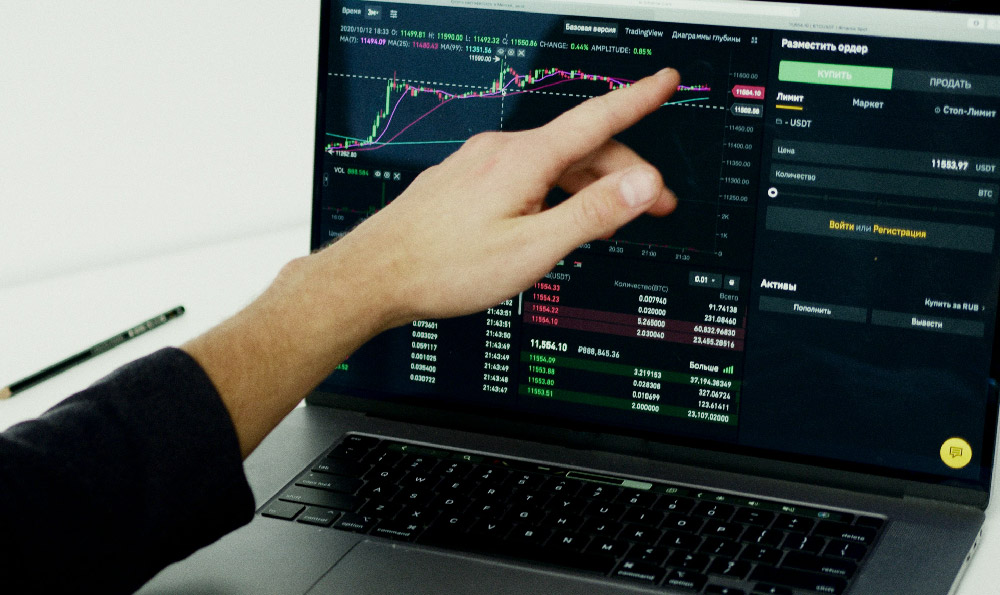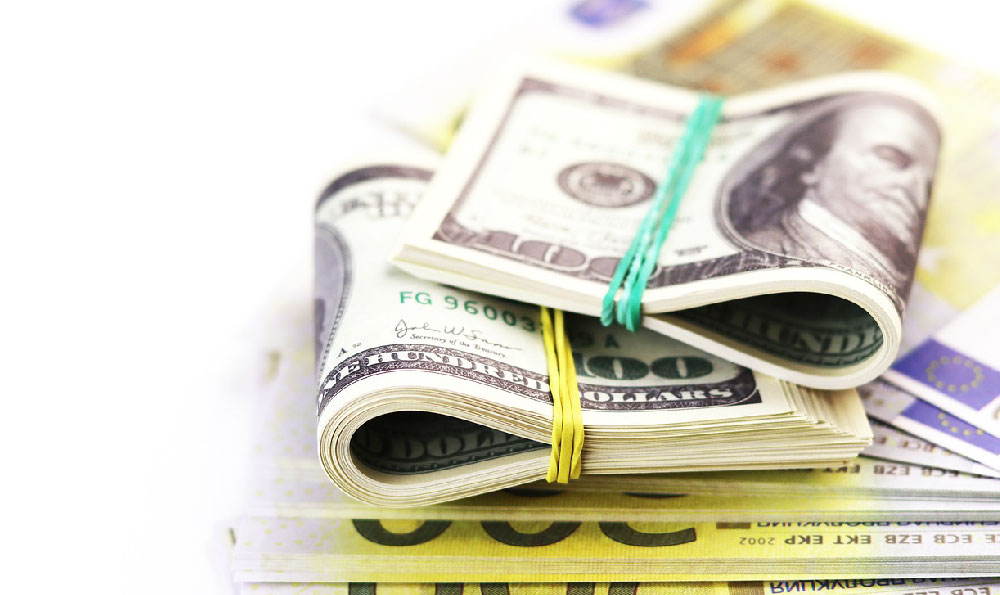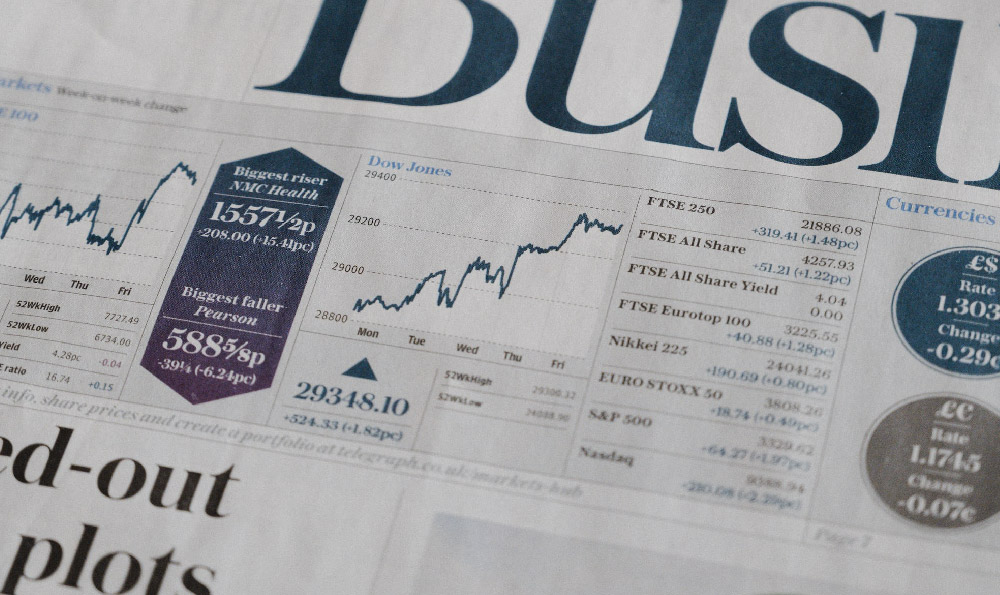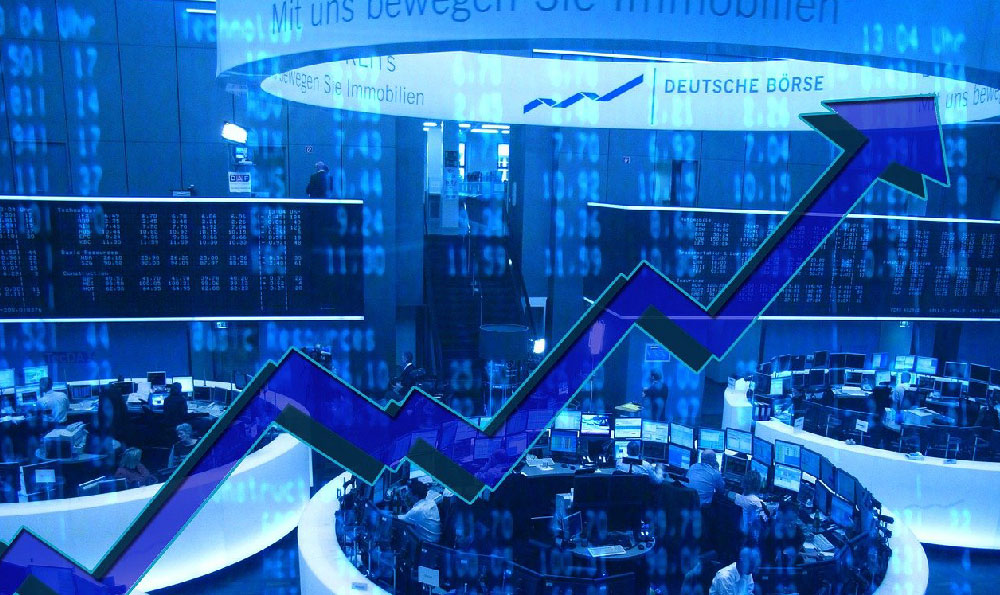The Medici family's financial acumen forged a legacy that transcended centuries, offering timeless lessons for modern investors. Emerging from a minor Florentine merchant lineage in the late 14th century, the Medici’s ascent to unparalleled wealth was rooted in a fusion of strategic innovation, cultural patronage, and political influence. Their success hinged not just on accumulating riches but on creating a self-reinforcing cycle where economic prosperity and social status were inextricably linked. This duality of wealth preservation and reputation building remains a compelling framework for understanding both historical and contemporary financial systems.
At the core of the Medici’s fortune was their mastery of banking—a field that became the backbone of their empire. In an era where arduous trade routes and fragmented economies often hindered large-scale commerce, the Medici Bank pioneered financial instruments such as bills of exchange and letters of credit, enabling smoother transactions across Europe. By acting as intermediaries between emerging markets and powerful patrons like the papacy, they amassed vast sums through currency speculation and credit lending. The bank’s operations were not merely transactional; they were deeply political. For instance, by financing the military campaigns of the papal court, the Medici secured exclusive privileges that safeguarded their interests while aligning with the broader geopolitical ambitions of the time. This interplay between banking and politics transformed their financial ventures into instruments of power, ensuring both economic gains and institutional protection.
The Medici’s wealth was also fortified by their ability to convert financial capital into cultural influence, which in turn bolstered their economic endeavors. By investing heavily in the arts, they did more than patronize painters and sculptors—they created an environment where Florence became the epicenter of the Renaissance. Lorenzo de’ Medici, often dubbed "Il Magnifico," understood that art and culture were not luxuries but strategic assets. His commissioning of masterpieces by Botticelli, Michelangelo, and other contemporaries elevated the city’s prestige, attracting merchants, scholars, and travelers who brought wealth and ideas to the region. This cultural investment also had a direct impact on commerce, as the Medici’s sponsorship of intellectual and artistic movements fostered a thriving market for goods and services, further expanding their economic reach.

Political acumen played a pivotal role in the Medici’s financial dominance. Their wealth was not simply a product of economic activity but was actively leveraged to shape the political landscape of Florence and beyond. By forging alliances with the papacy and other influential entities, they ensured access to exclusive networks and resources. The Medici’s involvement in the governance of Florence, whether through the Medici Bank’s patronage of the city’s infrastructure or their manipulation of political rivalries, allowed them to control key economic levers. For example, their control over the Medici Bank enabled them to fund public projects such as the construction of churches and palaces, which not only enhanced their standing as benefactors of the community but also stimulated local industries and labor markets. This integration of financial and political capital created a symbiotic relationship where economic power reinforced political authority, and vice versa.
The Medici’s financial strategies were characterized by a long-term vision, a trait that modern investors would do well to emulate. Rather than seeking short-term profits, they prioritized sustainable growth by reinvesting earnings into high-impact ventures. Their wealth was never hoarded but was consistently redirected toward projects that generated both tangible returns and intangible value. For instance, their investment in the printing press during the 15th century not only capitalized on the growing demand for books and knowledge but also positioned the Medici as pioneers in the dissemination of ideas, a move that had lasting implications for commerce and culture. This ability to think beyond immediate gains and envision the future is a cornerstone of successful wealth management.
Moreover, the Medici’s approach to wealth creation emphasized diversification, a principle that remains relevant in modern investment practices. By maintaining a broad portfolio that spanned banking, trade, art, and political influence, they mitigated risks and ensured resilience against economic downturns. Their network of financial institutions across Europe, their ventures in various markets, and their investments in cultural and intellectual assets demonstrated a deep understanding of risk management. This diversification strategy allowed the Medici to withstand periods of instability while continuing to grow their wealth through innovative channels.
The Medici’s legacy is a testament to the power of integrating financial systems with broader societal and cultural movements. Their ability to turn economic capital into influence, and then reinvest that influence back into wealth creation, offers a model for modern investors who seek to build sustainable and impactful financial empires. By understanding the historical context of the Medici’s success, contemporary investors can glean insights into the interconnectedness of wealth, power, and innovation—a reality that continues to shape the financial world today.












